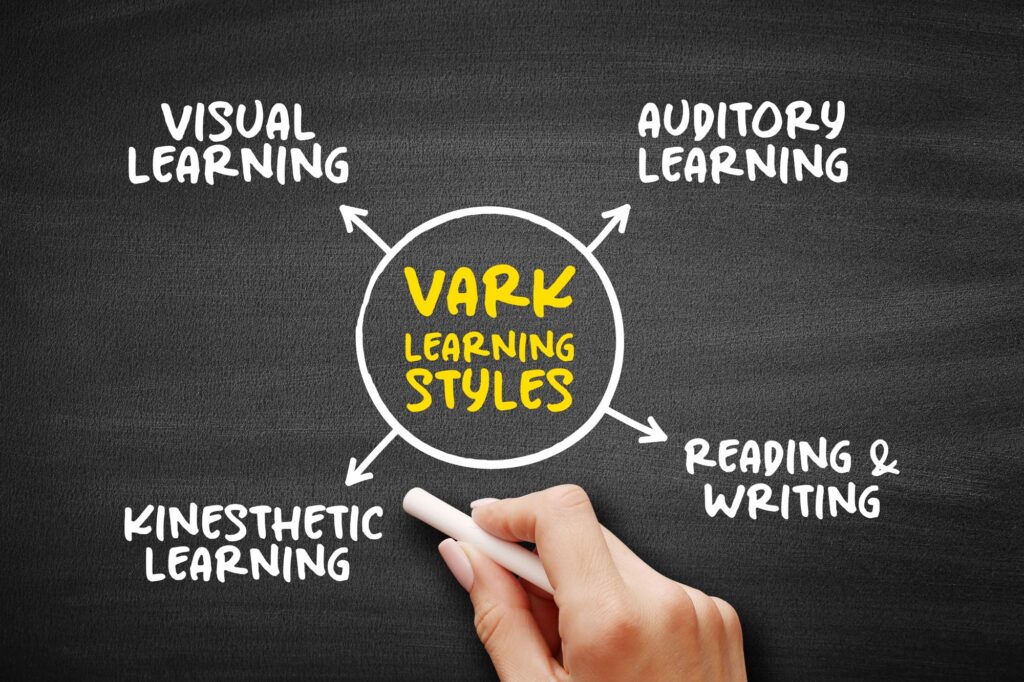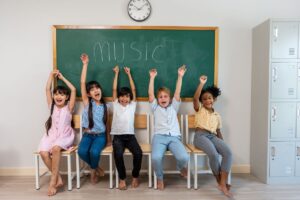Teaching and learning is a very important aspect when it comes to preparing students for a successful academic experience. This is true in the K-12 realm and also in Higher Education as well.
One of the most important aspects of being successful when it comes to academic achievement is knowing what your learning style is.
Knowing your particular learning style is important for you to increase your academic achievement as well as collaborating with others to enhance their abilities as well.
For educators it is important to know various learning styles in order to give students individualized instruction as well as knowing when to give students various tools and techniques to help enhance student learning.
This includes teachers, administrators, and instructional coaches. In order to see what best approaches to help students learn and grow academically, it is important to know about the various learning styles.
Discovering your learning style is key to success in an educational environment.
Theories of Learning Styles
There are general theories of learning styles, however, this may vary depending on the environment and a student’s natural ability. Usually, students may fall into one of four categories, but they may be a combination of multiple styles.
Most educators use the VARK model to help students understand their learning staples. It is also important to survey students on their own perspectives of learning styles before making assumptions about their abilities.
There are all 4 main learning styles, however, some teachers do agree there are more than four learning styles. The following are examples of the primary learning styles of today’s students:
Visual Learners: These students prefer diagrams, charts, and visual images.
Auditory Learners: Students with this learning style prefer lectures, group discussions and even podcasts.
Reading/Writing Learners: Prefer to read and write or even writing essays to summarize what they have learned
Kinesthetic Learners: These students may enjoy movement, the use of manipulatives and physical activities
Special Education in K-12
It is also vitally important to understand that identifying learning styles is crucial in helping and enhancing the learning styles of students with disabilities.
Parents, teachers, and administrators should collaborate on which best practices to use and also identify which learning styles are best for these students especially in the formative years.
Parents should advocate for their students and learn about the differences between IEPs and 504s.
The Importance of Innovative Curriculum and Instruction Approaches
Educators should find ways to see the benefits of inquiry based teaching and learning to help students understand their skills. Additionally, teachers and administrators should continue to find innovations with curriculum and instruction in the classroom.
By understanding a student’s various learning styles and also understanding the importance of implementing relevant curriculum and instruction in schools teachers and students can find a pathway to success.
Using educational tools and student surveys can allow for clarity on how to enhance student’s future success in the K-12 and Higher Education realm.
Educators never stop learning; check out our available graduate degree programs to hone your skills and promote lifelong learning and academic excellence




